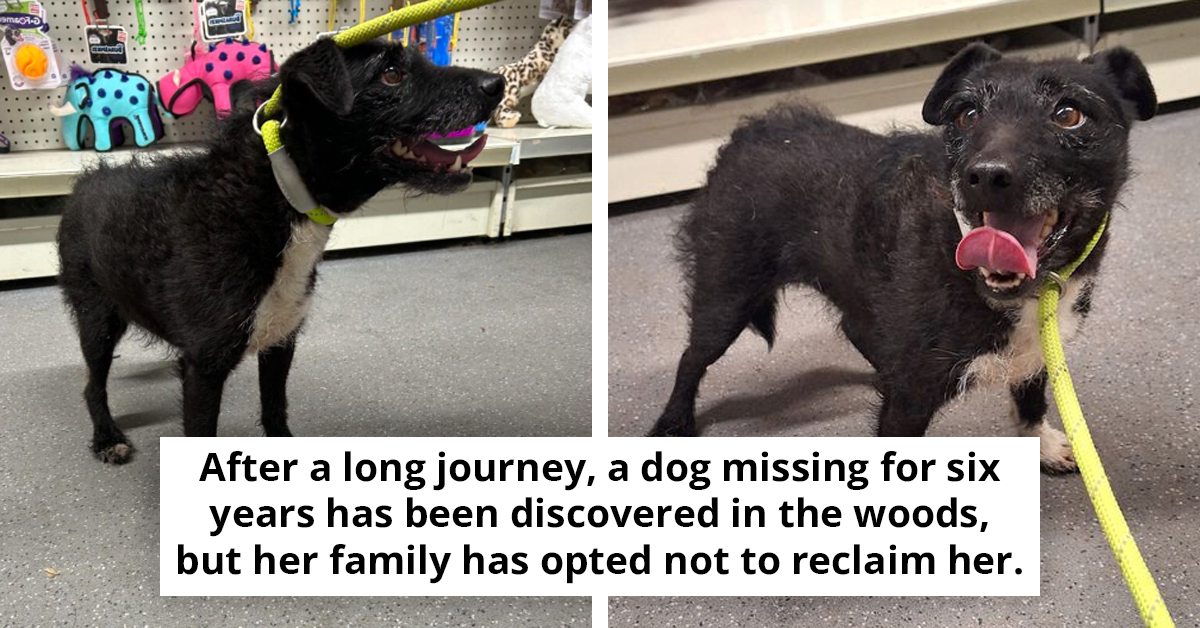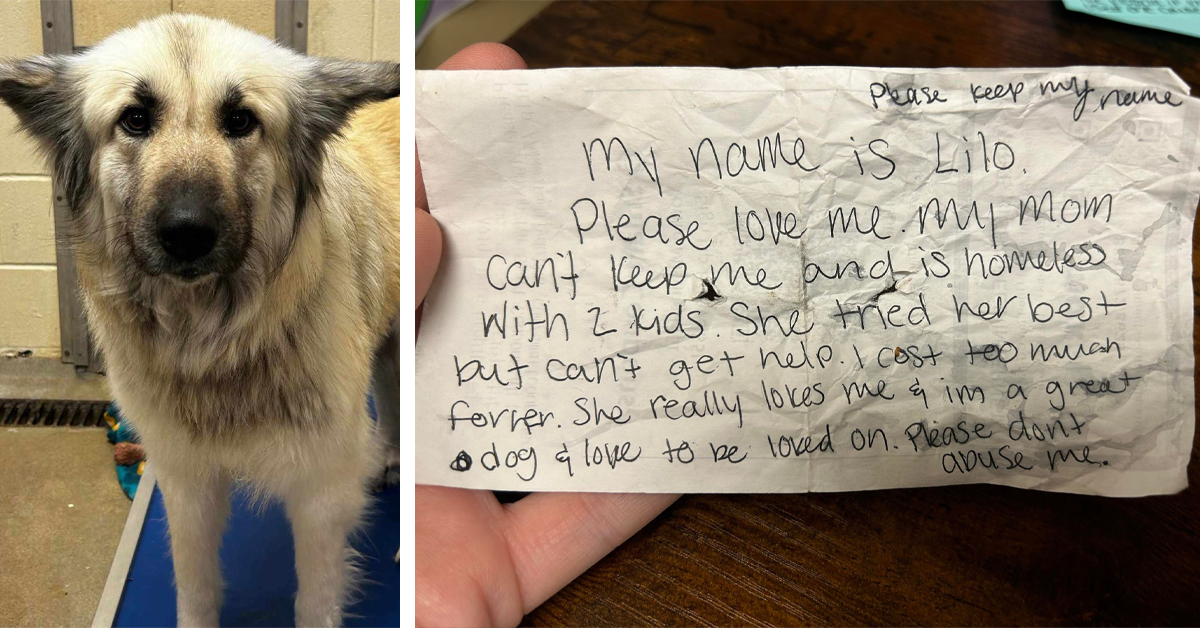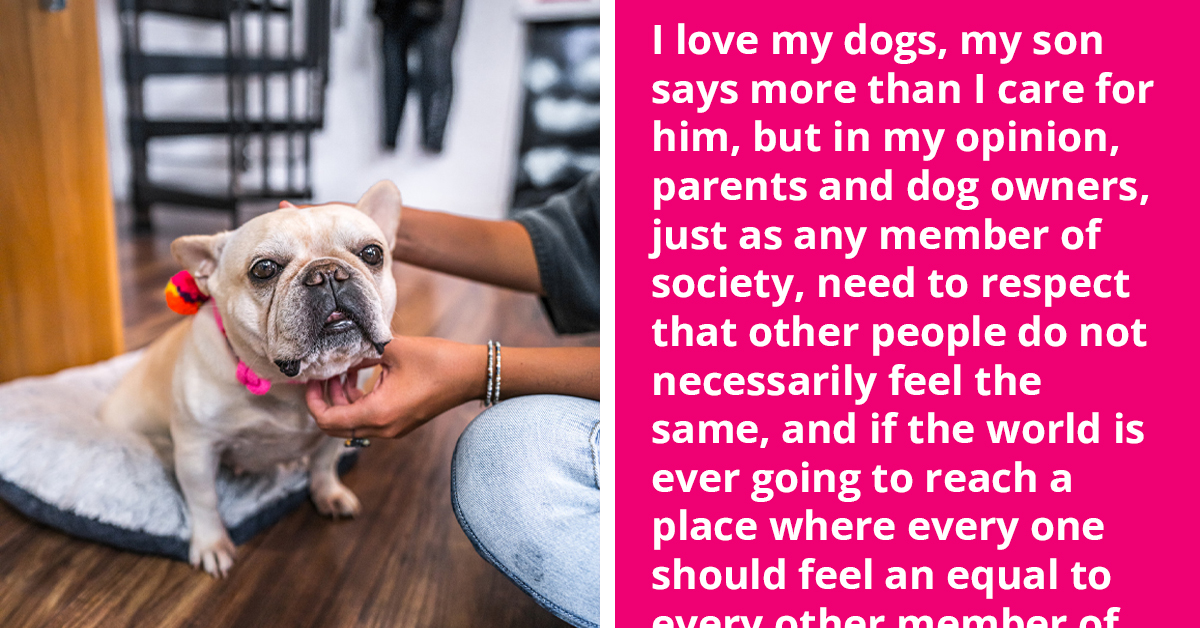Cloning Milestone: New Monkey Species Raises Ethical Questions
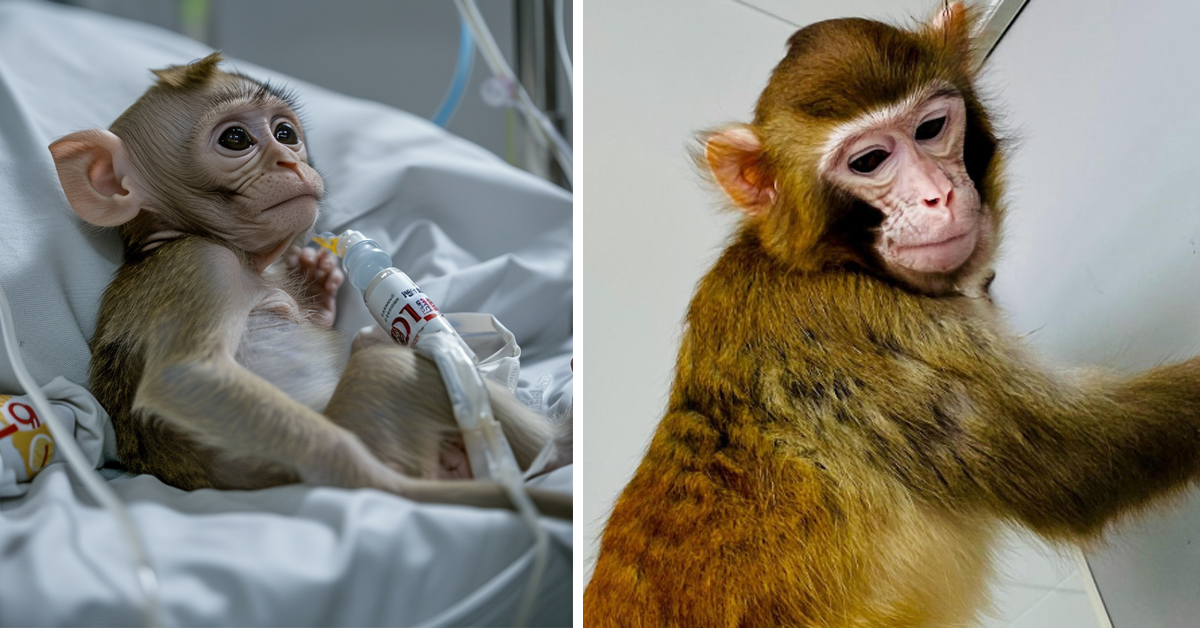
Discover the potential outcomes of neglecting essential cat care tips and how they impact your feline companion's well-being.
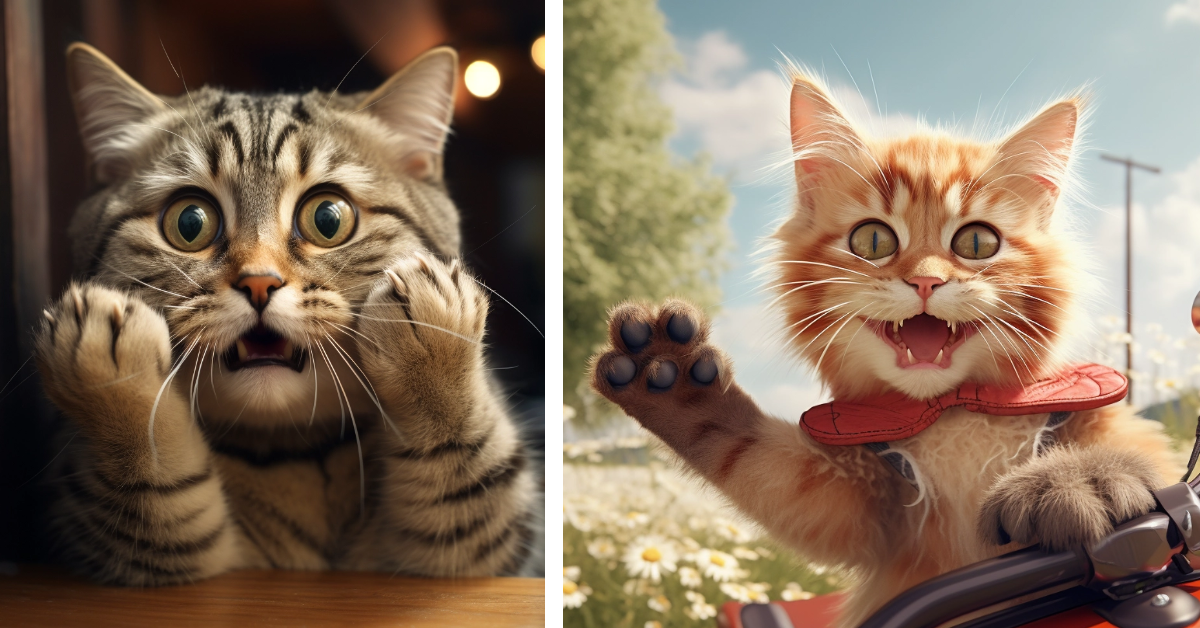
Explore the potential outcomes of ignoring essential cat care tips in our article. Developed from real-life experiences, we highlight the best and worst case scenarios that may arise from neglecting basic aspects of cat care. From failed adoptions to tragedy, learn why responsible pet ownership is crucial for the well-being of your feline companion.
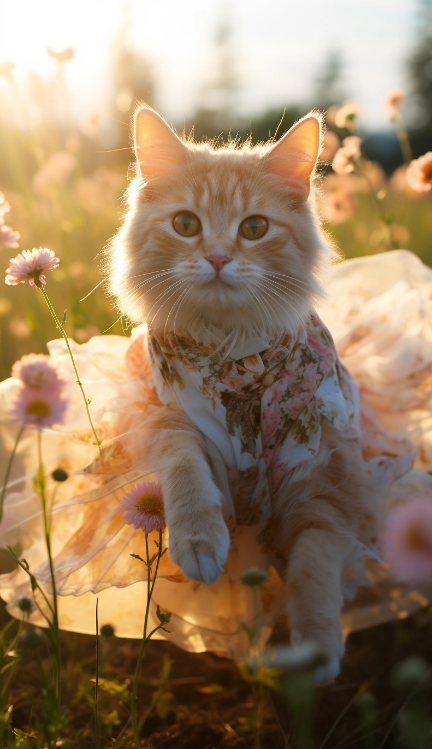
Adopting a rescued cat is an exciting endeavor, but it's essential to understand their unique needs and experiences. While you may be eager to open the carrier and give them free rein of your home, this can be overwhelming and terrifying for most cats, especially those rescued from shelter cages.
These cats have endured significant stress, and the transition to a new and unfamiliar environment is daunting for them. Starting them in a safe, confined space, such as a crate or condo, allows them to feel secure and gradually acclimate to their surroundings. By taking this approach, you can avoid potential challenges and create a positive environment for your new feline companion.
Best case: By providing a safe space, you allow your rescued cat to adjust gradually, leading to the development of a strong and trusting relationship over time.
Worst case: Without a safe space, your cat becomes overwhelmed and may exhibit stress-related behaviors such as inappropriate elimination throughout your home, causing frustration and difficulty in establishing a bond.
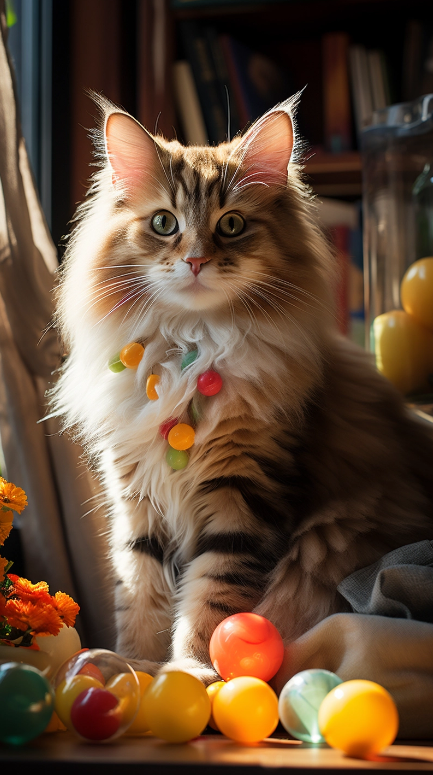
Your cat's home is their sanctuary, and it's essential to prioritize their comfort and well-being, especially during the initial adjustment period. While you may be tempted to show off your new feline friend to friends and family, it's crucial to keep them at home, especially during the first few months after adoption.
Cats are naturally sensitive creatures, and the transition to a new environment can be overwhelming for them. Bringing them to unfamiliar places can increase their stress levels and feelings of fear or anxiety.
By allowing your cat to stay home and settle into their new surroundings, you provide them with a sense of security and stability. This approach helps them feel safe and confident, ultimately leading to a happier and healthier life.
Best case: By keeping your cat at home, you prevent potential accidents or stress-related behaviors such as hiding or inappropriate elimination at friends' houses.
Worst case: Exposing your cat to too much newness too soon can lead to intense stress and a loss of appetite, posing serious risks to their health and well-being. It's crucial to prioritize their comfort and safety by keeping them home and allowing them to acclimate at their own pace.

Consistency is key when it comes to your cat's diet. While some felines may enjoy variety, most thrive on eating the same food every day. Introducing new foods can lead to confusion and even digestive issues for many cats.
While it's essential to accommodate fussy eaters, for the majority of cats, sticking to a consistent diet is the best approach for their overall happiness and digestive health. Changing foods abruptly can create fussiness, appetite changes, and even diarrhea, causing unnecessary stress and discomfort for your pet.
Best case: By maintaining consistency in your cat's diet, you avoid unnecessary expenses associated with trying different foods to find what they will eat.
Worst case: Introducing new foods leads to digestive issues, resulting in costly vet bills and potential health complications for your cat. Prioritizing consistency in their diet is crucial for their well-being and your peace of mind.

When it comes to transporting your cat, always prioritize their safety by using a carrier. Whether you're bringing them home for the first time, visiting the vet, or embarking on any journey outside the home, a carrier is essential.
Even if your cat enjoys being held, the unfamiliarity of being outside the home can cause them to panic and attempt to escape. Never carry your cat outside to the car or open the carrier while in the vehicle.
Unlike dogs, cats do not enjoy car rides and may become terrified, leading to potential disaster. By utilizing a carrier, you provide your cat with a secure and comfortable space, ensuring a stress-free travel experience for both you and your feline companion.
Best case: By using a carrier, you prevent accidents such as urination or defecation inside your car during travel.
Worst case: Without a carrier, your cat may interfere with the driver or escape the car, posing serious risks to their safety and potentially causing accidents. Prioritizing their safety with a carrier is essential for all travel situations.

When it comes to your cat's safety and well-being, it's better to be safe than sorry. While the outdoors may seem enticing, it poses numerous dangers for your feline friend, including cars, predators, and parasites.
Cats who have never been outdoors do not feel deprived and can lead happy and fulfilling lives indoors with you. However, if you're considering allowing your cat outside, it's crucial to wait until they have fully acclimated to their new home. Ideally, this should be at least three months, allowing your cat to establish a strong bond with you and recognize your home as their permanent residence.
Allowing them outside prematurely may result in them wandering off in search of their previous home or getting lost or injured due to their lack of experience. Prioritize your cat's safety by keeping them indoors until they are fully settled and prepared to explore the outdoors safely.
Best case: By keeping your cat indoors, you prevent potential risks such as getting lost or bringing parasites into your home.
Worst case: Allowing your cat outside prematurely may result in serious consequences, including injury or even death from accidents or getting lost. Prioritize their safety and well-being by keeping them indoors until they are ready to venture outside safely.
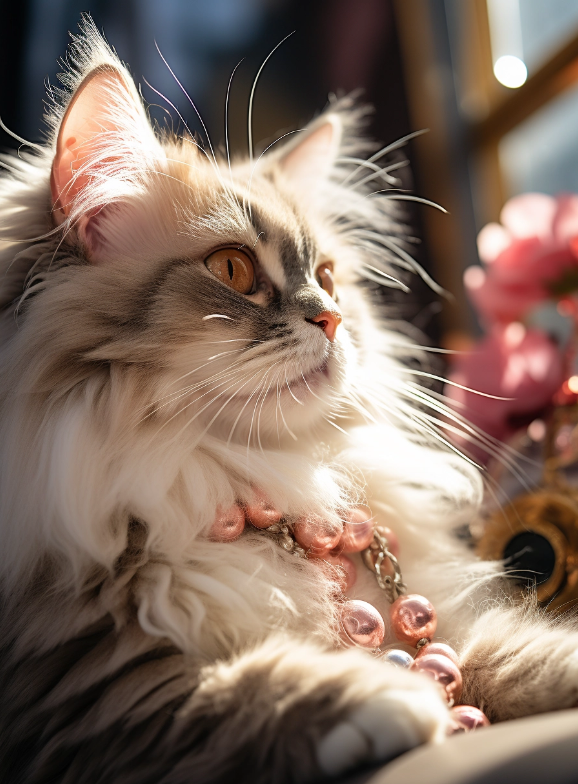
Cats are renowned for their cleanliness, as they meticulously groom themselves to maintain hygiene. In fact, most healthy cats groom themselves daily, eliminating the need for baths. While there may be rare instances, such as exposure to harmful chemicals, where bathing is warranted, it's generally unnecessary and can lead to significant stress for your cat.
Attempting to alter their natural scent or cleanliness can disrupt their sense of security and lead to behavioral issues. It's crucial to prioritize your cat's well-being by respecting their natural grooming instincts and refraining from unnecessary baths.
Best case: Your cat may resist bath time, resulting in minor scratches or discomfort.
Worst case: Bathing your cat can cause them to lose trust in you and may lead to behavioral problems such as urinating outside the litter box or refusing to eat due to stress and fear. Respect your cat's preferences and avoid unnecessary baths to maintain their well-being and trust in you.

Treating your cat to snacks can be a delightful experience for both you and your feline companion. However, it's essential to exercise caution when introducing treats into their diet.
While the act of giving treats may seem harmless, it can have detrimental effects on your cat's health. Cats have small and sensitive digestive systems, making any dietary changes potentially problematic. Additionally, excessive treats can lead to weight gain and other health issues. To avoid these risks, consider using small pieces of their regular dry food as treats instead.
Best case: Your cat gains unnecessary weight, leading to increased expenses on treats and potential health issues.
Worst case: Introducing treats causes digestive issues in your cat, resulting in expensive veterinary bills and potential long-term health complications. Prioritize your cat's health by offering treats in moderation and opting for healthier alternatives when possible.
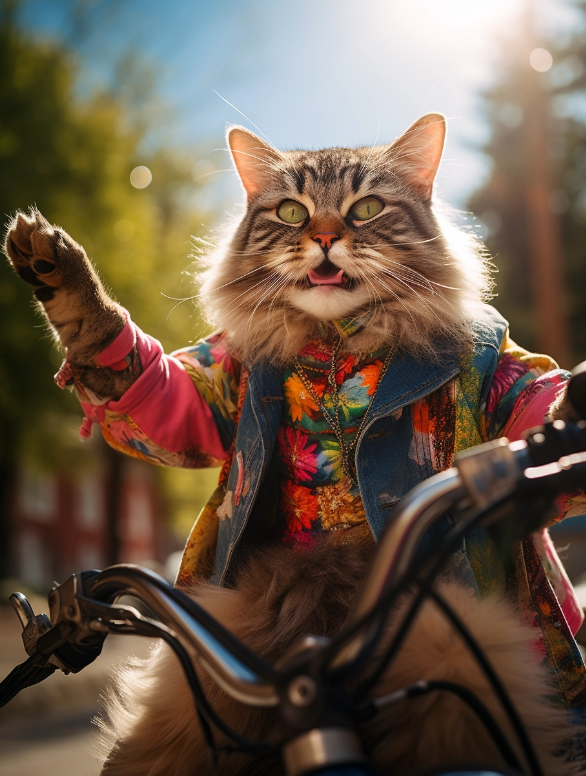
The trend of harnessing cats and taking them for walks outside has gained popularity in recent times. While it may seem like a fun activity, it's essential to consider whether it's truly in the best interest of your feline friend.
Unlike dogs, who often enjoy the experience of being on a leash, cats are independent creatures by nature. They thrive on freedom and may find the constraints of a harness restrictive and frustrating.
Additionally, exposing them to the outdoor environment, albeit in a limited capacity, can create a longing for something they cannot fully experience, leading to behavioral issues and dissatisfaction.
Best case: Your cat becomes frustrated with indoor confinement and starts exhibiting inappropriate urination or other behavioral problems.
Worst case: Your cat develops a strong desire to go outside, leading to incessant meowing at doors and windows, ultimately resulting in potential safety risks if allowed to roam outdoors unsupervised. Consider your cat's well-being and natural instincts before deciding to harness them for outdoor walks.
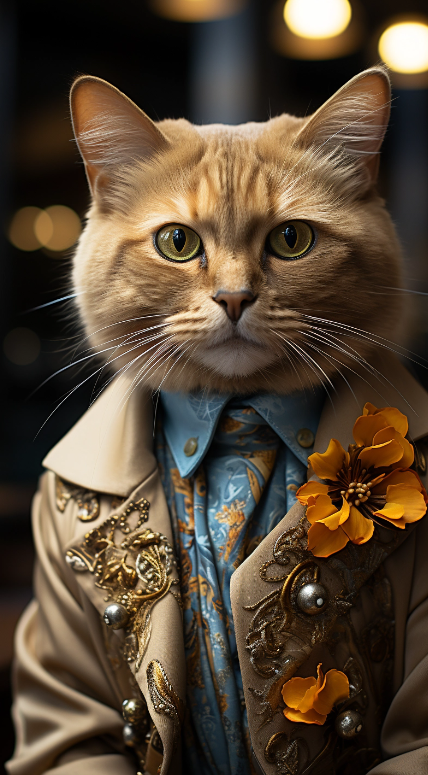
When it comes to choosing litter for your cat's litter box, the temptation to opt for scented varieties to combat odor can be strong. However, contrary to popular belief, scented litter may not always be the best choice.
In fact, these fragranced options can potentially irritate your cat's sensitive senses, deterring them from using the litter box altogether. To ensure your cat's comfort and encourage consistent litter box usage, it's wise to opt for unscented litter, which effectively controls odor without overwhelming your feline friend's delicate senses.
Best case: Your cat feels comfortable using the litter box, leading to consistent litter habits and a pleasantly odor-free home environment.
Worst case: Scented litter irritates your cat's senses, causing them to avoid the litter box and potentially resulting in inappropriate elimination issues. Avoid the pitfalls of scented litter by choosing unscented options for your cat's litter box needs.
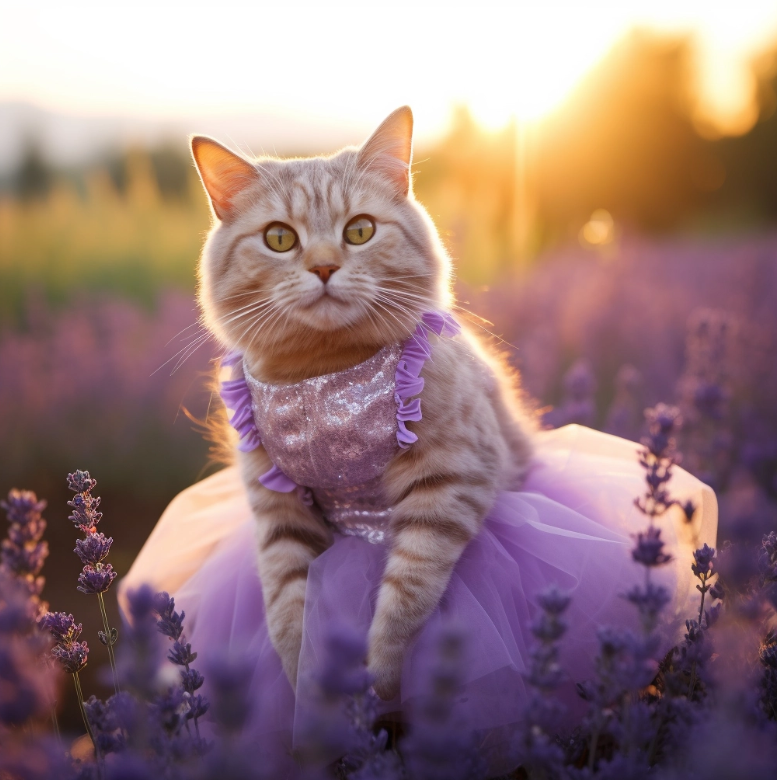
The debate over whether cats should wear collars is ongoing, but it's essential to consider the potential risks before adorning your feline friend with one. While collars may serve aesthetic or protective purposes in theory, they can actually cause more harm than good to your cat's health and safety.
From irritation and discomfort to the risk of injury and strangulation, collars present various dangers that cat owners should be aware of to ensure the well-being of their beloved pets.
Best case: By opting out of collars, your cat avoids unnecessary stress and discomfort, leading to a happier and healthier life.
Worst case: Collar-related incidents, such as injury, illness, or even death, occur, putting your cat's well-being at serious risk. Don't let collars become a pain in the neck for your furry companion—consider safer alternatives for identification and protection.


